
Being a one-year-wonder is not a title you want to have.
We’ve seen plenty of one-hit wonders at every position in every major sport. And when it comes to NFL running backs, there is no shortage of players who went from complete game-changers one season, to a totally forgotten commodity the next.
Here’s a look at the 12 biggest one-year-wonder running backs in NFL history.
12. James Allen
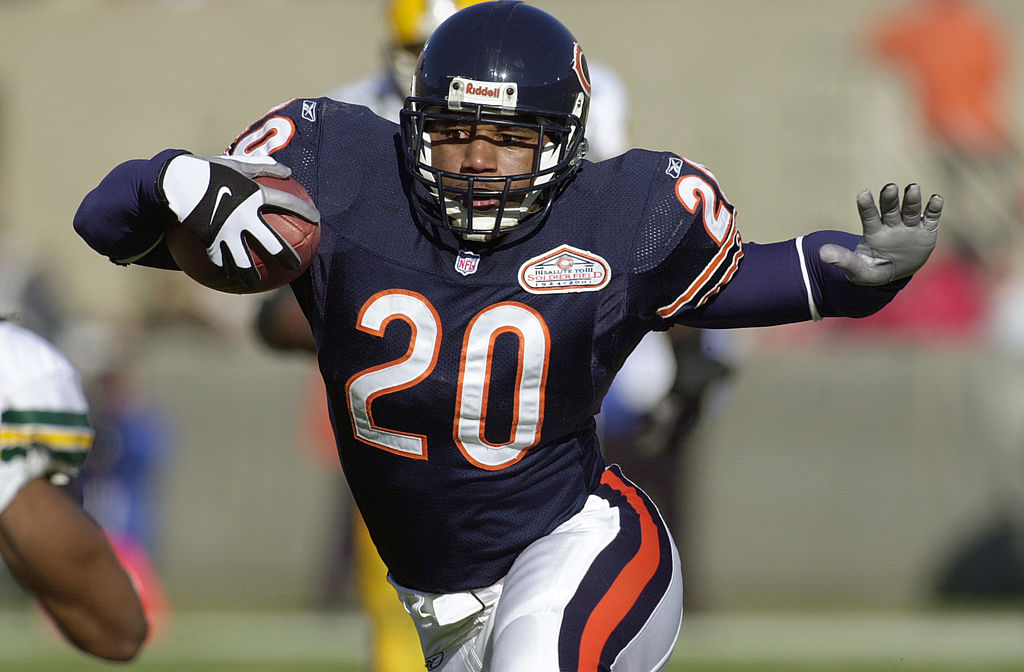
Despite four productive years with the Oklahoma Sooners, James Allen’s name went uncalled at the 1997 draft. The Chicago Bears brought Allen aboard late in the ‘97 campaign, but he didn’t receive a single carry.
Allen saw very little playing time in 1998 and 1999, but he finally broke out in 2000 after receiving a greater workload. Allen rushed for 1,120 yards and two touchdowns; and he was one of 23 running backs to hit the 1,000-yard mark in 2000.
But Allen eventually lost his lead running back job to Anthony Thomas, and he only compiled 469 rushing yards and one score in the 2001 season. Allen played one more season for the expansion Houston Texans franchise in 2002 before leaving the NFL and opting to pursue a
Click on ‘Follow Us’ and get notified of the most viral NFL stories via Google! Follow Us
11. Robert Edwards
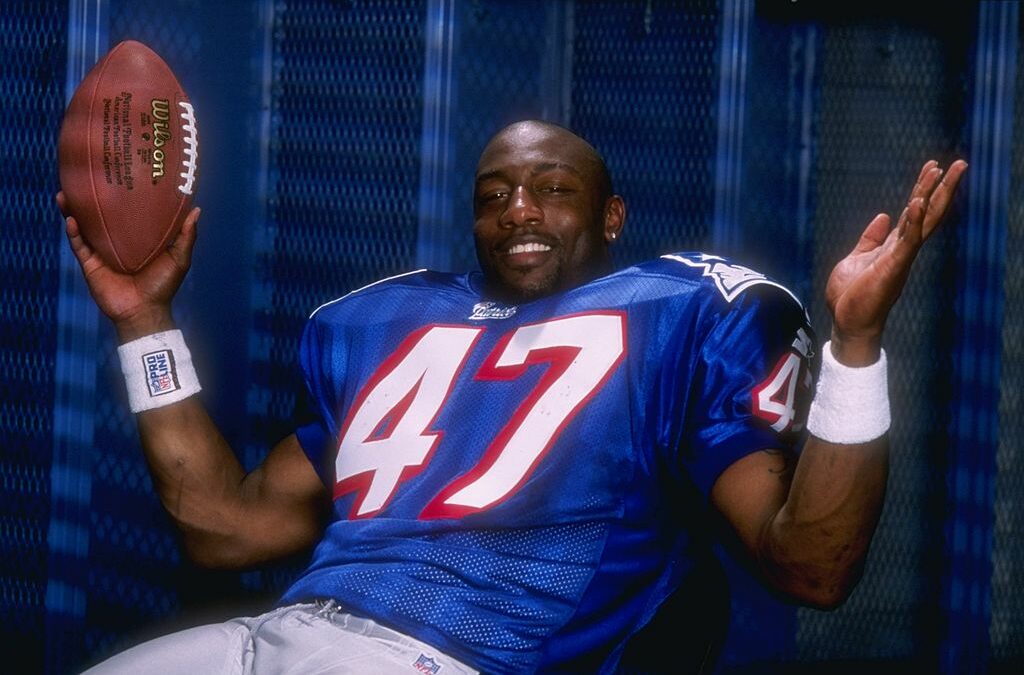
Edwards had one of the greatest rookie seasons ever for a running back in 1998 as a member of the New England Patriots. Edwards rushed for 1,115 yards and nine touchdowns, adding another element to New England’s high-flying offense that was commanded by Drew Bledsoe.
Edwards also had 35 receptions for 331 yards and three touchdowns. He turned out to be an ideal replacement for Curtis Martin, who left for the arch-rival New York Jets during the offseason.
Sadly, Edwards suffered a gruesome knee injury during a flag football game in the midst of Pro Bowl week. Edwards was fortunate to escape amputation on his left leg, and there was strong belief at the time that his career was over.
Edwards returned to the NFL in 2002 as a member of the Miami Dolphins, but he only had 107 yards and one touchdown on 20 total carries. Unable to regain that success from his 1998 rookie year, Edwards left the NFL for the CFL. He enjoyed two productive years with Montreal, even recording a pair of 1,000-yard seasons while earning two East All-Star selections.
Edwards played three seasons in the CFL, but he was out of football by 2008. It was nice to see him salvage a professional football career outside of the NFL, though. Especially when it initially looked like he would never get to play again.
10. Rashaan Salaam

The Colorado running back had one of the most dominant seasons ever in 1994, taking home the Heisman Trophy plus the Walter Camp and Doak Walker Awards. Salaam was then selected with the 21st pick by the Chicago Bears in 1995.
Salaam made an immediate impact with the Bears. In his rookie year, he rushed for 1,074 yards and 10 touchdowns. Only seven running backs had more rushing TDs than him that year.
But the injuries sadly began to mount for Salaam right away. This included a broken leg plus knee and ankle woes. Salaam also had issues protecting the football, recording 12 total fumbles through his first two years.
The Bears gave up on the oft-injured Salaam and released him after the 1997 season. He later signed with the Oakland Raiders, but he and friend Eric Norwood got into a car accident, and Salaam suffered serious injuries. Norwood said they were lucky to have survived the accident.
Salaam played two games for the Cleveland Browns in 1999, but he was out of the league soon after. He had brief stints in the XFL and CFL, before attempting an NFL comeback that was unsuccessful.
Salaam tragically passed away at the age of 42 in 2016.
9. Ladell Betts
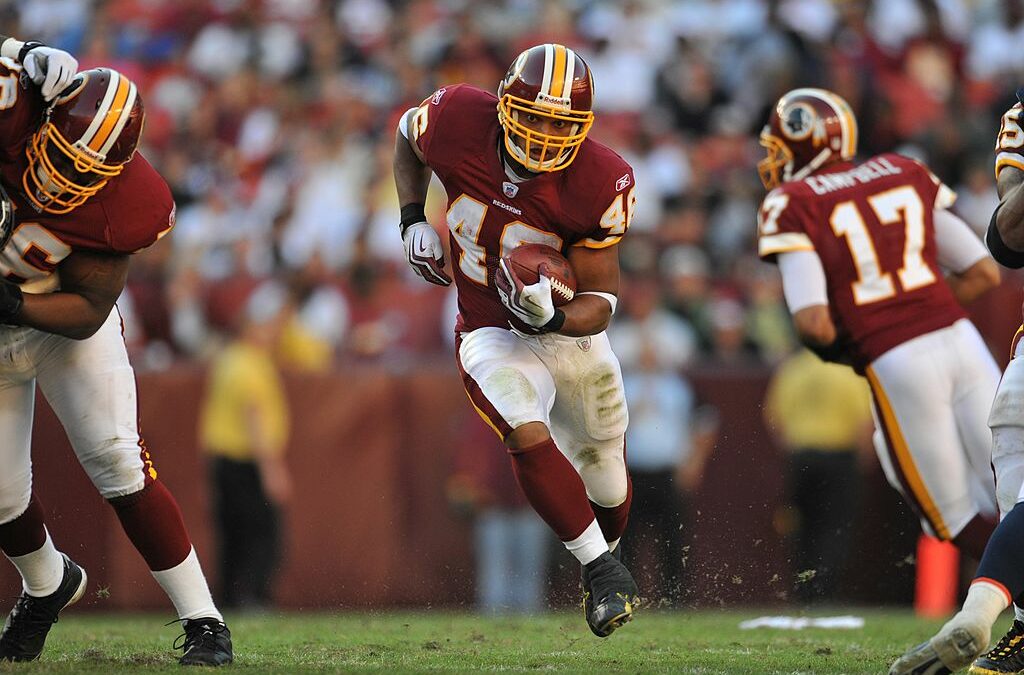
Betts served as a second-stringer to Pro Bowler running back Clinton Portis. But the Washington Redskins’ star was hampered by injuries in 2006, and he only suited up for eight games.
The Redskins had no choice but to lean on Betts during Portis’ lost season, and the Iowa product performed nicely in his absence. Betts finished the season with a career-high 1,154 rushing yards and four touchdowns, averaging a superb 4.7 yards per carry. Only nine running backs averaged more yards per attempt than Betts.
Betts was also extremely productive in the pass-catching game, notching 53 receptions for 445 yards and a touchdown.
But as everybody expected, Betts was moved back down the depth chart when Portis returned in 2007. The former spent four more seasons in the NFL, rushing for no more than 335 yards in a single year.
At least Betts knew what it was like to be a star for one year. Most running backs can only dream of ever hitting the 1,000-yard mark in a season…right?
8. Terdell Middleton

The St. Louis Cardinals selected Middleton in the third round of the 1977 draft, but he wound up getting traded to the Green Bay Packers before the start of the season.
After seeing just 35 total carries in his rookie year, Middleton made the most of an increased role in his 1978 sophomore year. Middleton rushed for 1,116 yards and 11 touchdowns while adding 34 catches for 332 yards and a touchdown, earning his first and only career Pro Bowl selection.
But Middleton was unable to build upon that success, and he shared the workload with Eric Torkelson the following year. By the time 1980 rolled around, Middleton moved down the depth chart behind three other guys.
Middleton saw very little action during his final two seasons with the Packers. He was on the Tampa Bay Buccaneers’ roster in 1982 and ‘83, but Middleton only had two total carries with his new team. He played for the Memphis Showboats of the USFL in 1984 before eventually retiring from football.
7. LaMont Jordan
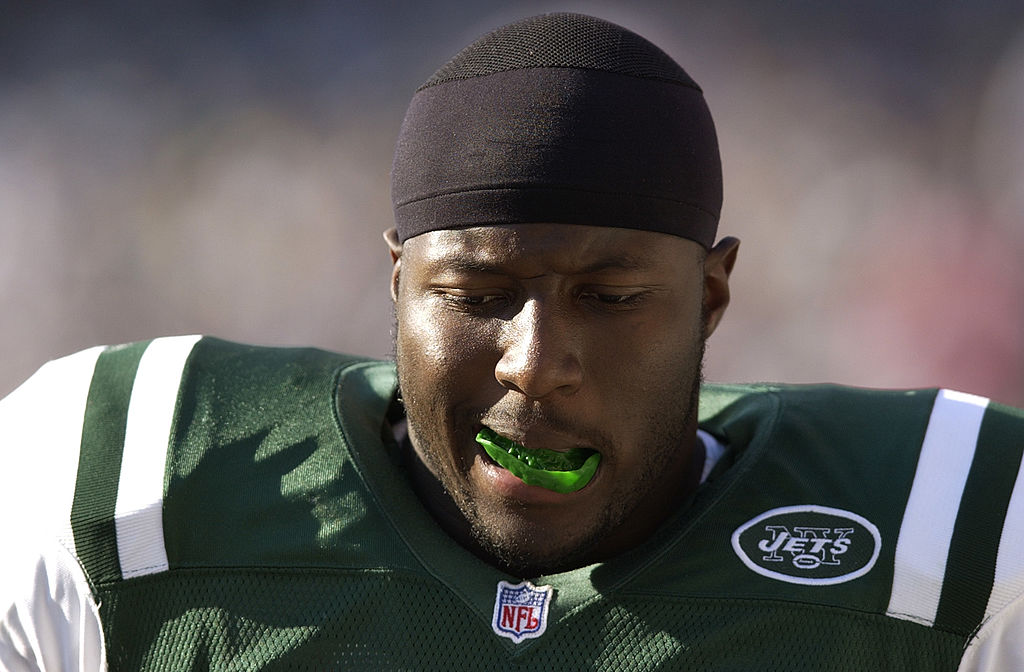
Even though the New York Jets had a Pro Bowler and future Hall of Famer in Curtis Martin at running back, they couldn’t resist the temptation of LaMont Jordan, and they selected him in the second round of the 2001 draft.
Jordan saw very little playing time during his four-year tenure with the Jets, since Martin was kind of really good at the whole running back thing and all. In his four years with New York, Jordan compiled 1,277 rushing yards and 10 touchdowns.
Despite the merely average production, Jordan received a fancy five-year contract worth $27.5 million with the Oakland Raiders. And for the first year of that deal, Jordan more than lived up to it.
In 2005, Jordan rushed for 1,025 yards and nine touchdowns. He was just as dangerous in the passing game, recording 70 receptions for 563 yards and two touchdowns. Aaaaaaaand that was kind of it.
Jordan spent just two more seasons with the Raiders before he was released in 2008. He made one-year stops in New England and Denver, but Jordan didn’t produce much. Following his career year in 2005, Jordan never rushed for more than 549 yards in a single season again
6. Olandis Gary

Reigning league MVP and two-time Super Bowl champion Terrell Davis played four games in 1999, before a gruesome ACL tear cut his season short. The Broncos were already without their franchise star, John Elway, who retired after their Super Bowl 33 championship one season earlier.
With Davis out for the year, the Broncos relied on rookie Olandis Gary – whom they drafted in the fourth round. Gary performed nicely in Davis’ absence, rushing for 1,159 yards and seven touchdowns.
Gary never got much of a chance to build off his superb rookie year. He suffered a season-ending knee injury in Week 1 against the St. Louis Rams in 2000, and Gary was largely ineffective in each of his next three years.
Davis and Mike Anderson shouldered most of the load in 2001. Clinton Portis became a 1,000-yard rusher for the Broncos in 2002. Gary spent one more year with the Detroit Lions in 2003 but was out of the NFL soon after.
5. Steve Slaton

The Houston Texans drafted Slaton in the third round, 89th overall, in 2008. Houston built around their new running back right away, and he shined in the Gary Kubiak and Kyle Shanahan-led offense.
Slaton rushed for 1,282 yards and nine touchdowns in his rookie year, averaging an impressive 4.8 yards per carry. He also recorded 50 receptions for 377 yards and one touchdown.
But Slaton was hit hard by the sophomore slump in 2009. He fumbled a whopping seven times while averaging just 3.3 yards per carry. A shoulder injury cut his 2009 campaign short, and Slaton was down to No. 3 on the running back depth chart once 2010 rolled around.
Slaton was waived by the Texans early in the 2011 season; he was picked up by the Miami Dolphins but only saw 17 carries over three games. Slaton was out of the NFL soon after, and he played one year for the CFL’s Toronto Argonauts in 2014 before retiring from football.
4. Barry Foster

After “meh” rookie and sophomore seasons with the Pittsburgh Steelers, Foster finally broke through in 1992. He carried the ball a whopping 390 times, and Foster finished the year with 1,690 total rushing yards and 11 touchdowns. Who was this guy? He went from unknown to totally Barry Sanders-esque in just one year!
Through the 2019 season, Foster’s 1,690 rushing yards stood as the 36th-most ever in a single year. He also had 36 receptions for 344 yards in that Pro Bowl season, and Foster was named a first-team all-pro as well.
Foster was in the midst of building off his career year in 1993, but injuries limited him to nine games. Foster and Bam Morris successfully split the duties in 1994, but the Steelers chose the latter to be their future running back after the season. Foster was traded to the Carolina Panthers, but he chose to retire after they released him.
The Cincinnati Bengals brought Foster out of retirement, but before he played a game for them, Foster decided to walk away completely. And he meant it this time.
From 1,690 rushing yards to out of the NFL in three years. Certainly not something Foster nor anybody else could have ever expected.
3. Ickey Woods
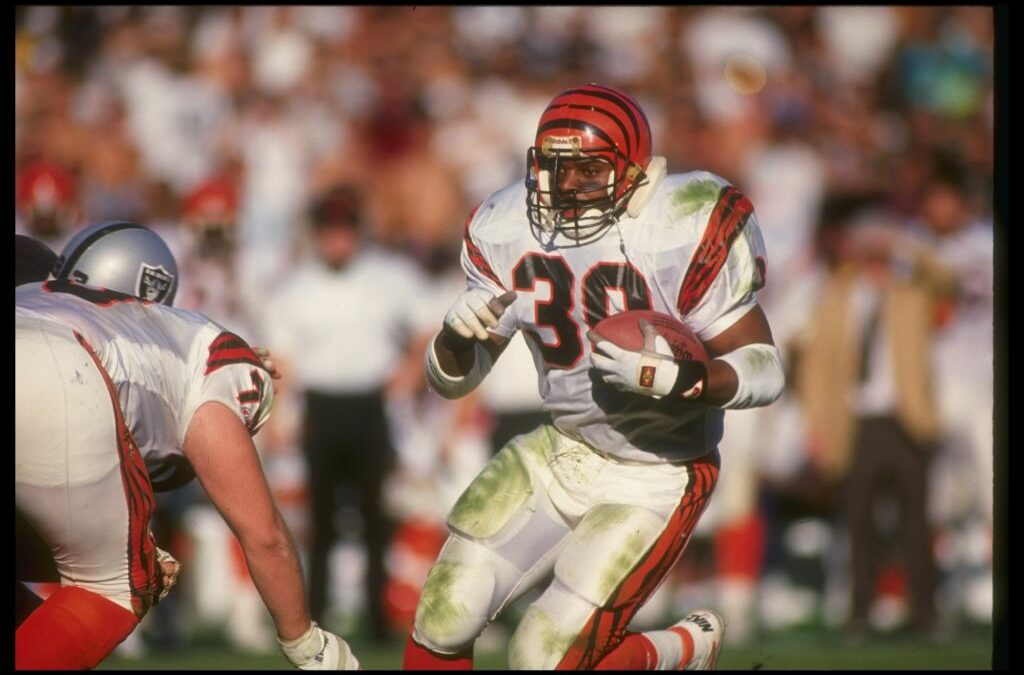
Woods had one of the greatest and most decorated rookie seasons ever for the Cincinnati Bengals in 1988. He was a tremendous complement to quarterback Boomer Esiason, who took home the MVP award that year.
Woods rushed for 1,066 yards and 15 touchdowns, averaging a tremendous 5.3 yards per carry. The Bengals finished with the league’s highest-scoring offense, averaging 28 points per game. Woods also became popular for his signature “Ickey Shuffle” dance, which even has its own Wikipedia page!
Woods earned Pro Bowl and first-team all-pro selections as the Bengals reached Super Bowl 23, but they fell to Joe Montana and the San Francisco 49ers in a thriller that came down to the final minute.
Sadly, Woods’ knees quickly betrayed him, and he was limited to 21 total games over his next three years. Woods was unproductive when he was on the field, too, and he was out of football after the 1991 season.
2. Peyton Hillis

The Arkansas product was drafted in the seventh round by the Denver Broncos in 2008, but they weren’t able to get a whole lot out of him. Following two unproductive seasons in the Mile High City, Hillis was traded to the Cleveland Browns along with two draft picks for backup quarterback Brady Quinn.
Hillis made an immediate impact with the Browns, becoming one of the few positives on an otherwise disappointing team. He was the centerpiece of their offense in 2010, finishing with 1,177 rushing yards and 11 touchdowns. Hillis also compiled 61 receptions for 477 yards and two touchdowns.
Hillis had seemingly discovered the perfect fit, and the Browns supposedly had a new franchise star to build around.
He was also featured on the cover for Madden 12. But we all know what happens to the vast majority of Madden cover athletes.
Hillis was limited to 10 games due to a strep throat plus hamstring injuries in 2011. He rushed for just 587 yards and three touchdowns, averaging a mere 3.6 yards per carry. Hillis played for the Kansas City Chiefs in 2012 before finishing out his final two NFL seasons with the New York Giants in 2013 and 2014.
In those final three years, Hillis compiled only 671 total yards and three rushing touchdowns. If this man isn’t the definition of a one-year wonder, I don’t know who is?
1. Charles White
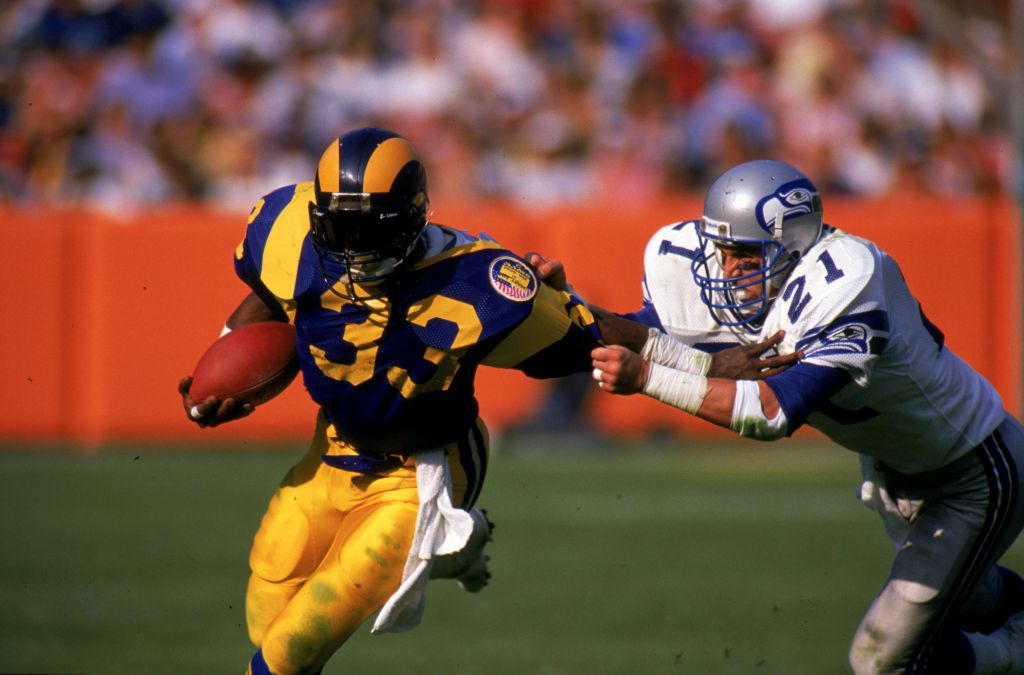
White was one of the most dominant college football players ever during his run with USC. He led the team to a national championship in 1978, and he captured the Heisman along with other major awards in 1979.
White was drafted 27th overall by the Cleveland Browns in 1980. But he only recorded 942 total yards and nine touchdowns over his four seasons there. The Browns eventually released White, who was dealing with a cocaine addiction.
White joined the Los Angeles Rams in 1985, and after two unproductive years, he finally broke through in 1987. White had a season for the ages with a league-leading 1,374 rushing yards and 11 touchdowns.
That earned White Pro Bowl and First-Team All-Pro selections, plus the 1987 NFL Comeback Player of the Year award. But he fell back to earth in 1988 and lost the starting job to Greg Bell, who surpassed the 1,000-yard mark himself. White was out of football after the 1988 season.
What other running back one-year wonders should we have included on our list?


